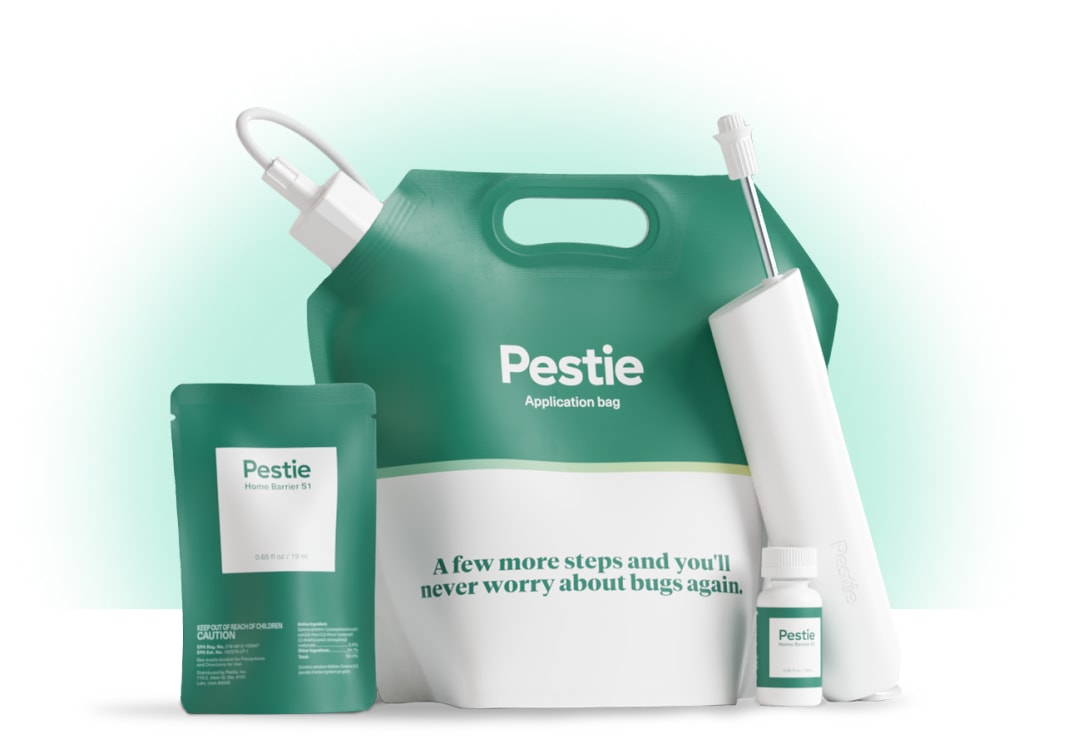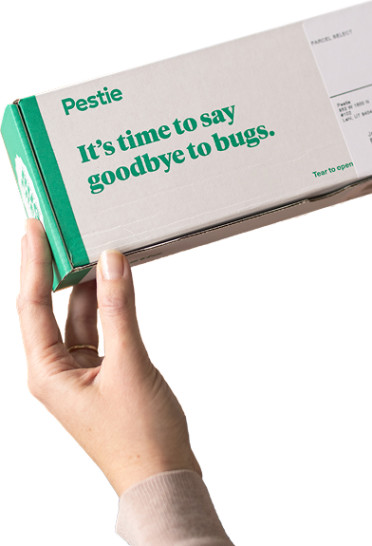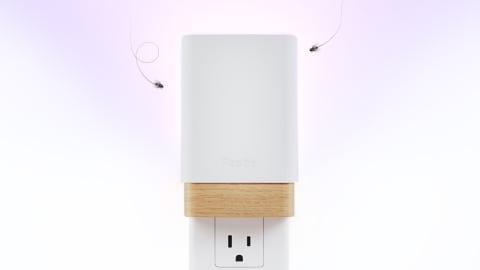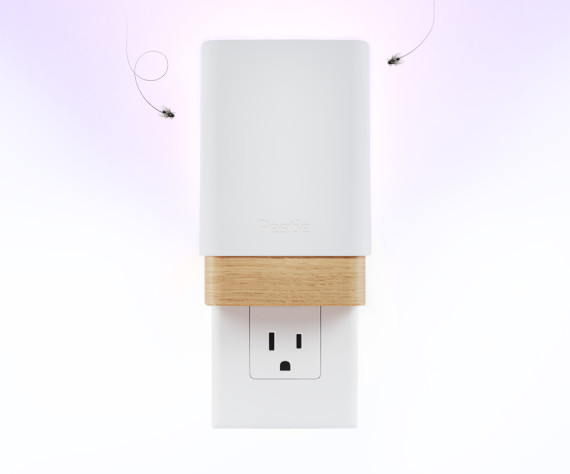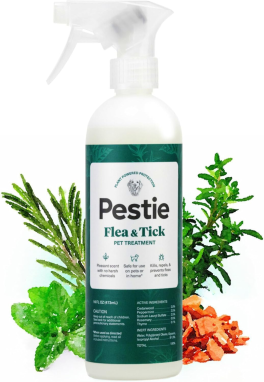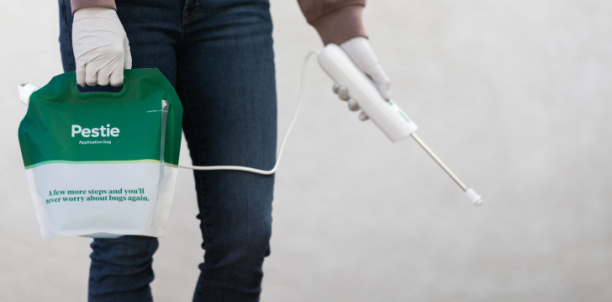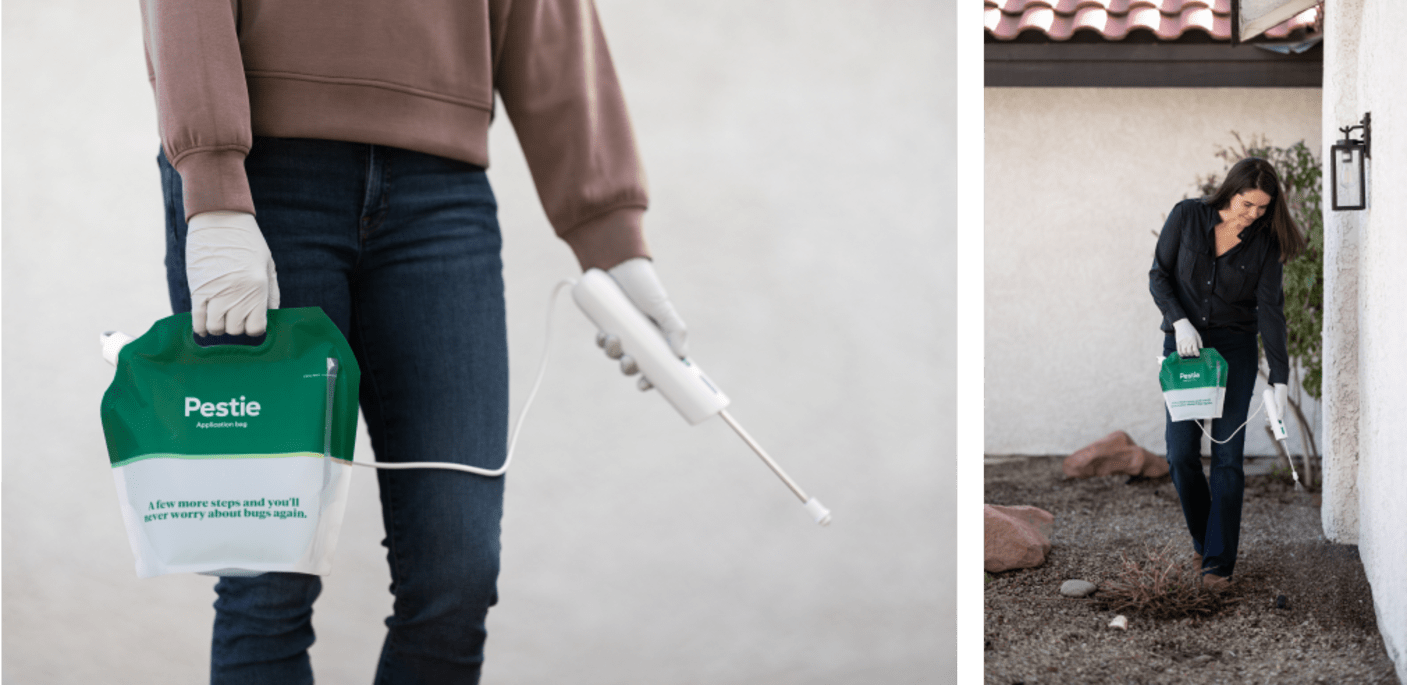How to identify and treat bluegrass billbugs
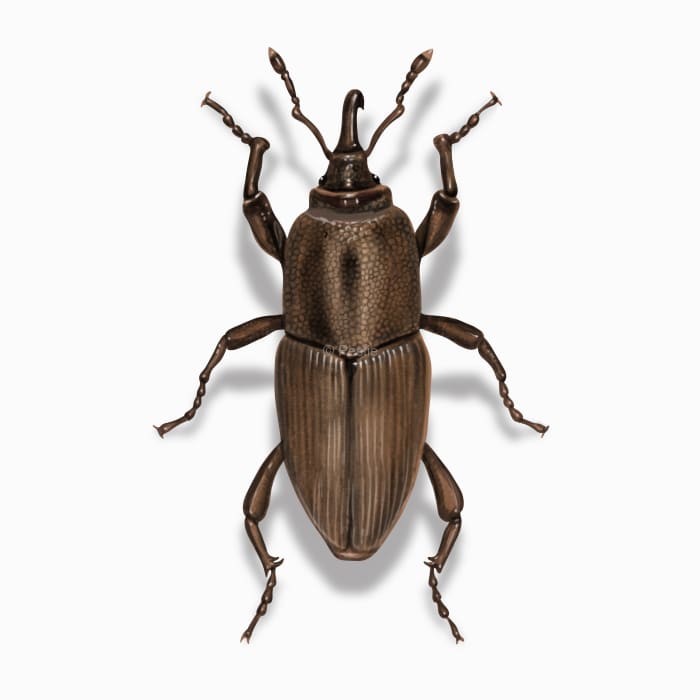
Revealing the hidden pests inside your lawn
Does your lawn look like you haven’t watered it in months? Those patches of brown grass in your yard aren’t from a drought. There’s a good chance you’re dealing with bluegrass billbugs.
Bluegrass billbugs are weevils that can turn a lush, green yard into a patchy, brown mess without much warning. They start their damage stealthily, munching away at grass stems from the inside out, often leaving homeowners puzzled about the cause of their lawn’s decline.
These beetles feed on a variety of lawn grasses, including bluegrass, timothy, fescue, and ryegrass. A majority of the damage is done by the larvae, which tunnel down into the grass stem until they get to the roots of the grass plant. There, they hang out and feed until they are ready to emerge as adults.
The adults are mostly active during early spring, and the larvae do most of their damage over the summer.
How to identify bluegrass billbugs
Bluegrass billbugs are small beetles with a distinctive elongated body and a pronounced snout. They are typically gray to black in color, sometimes showing a hint of blue. These beetles are often spotted in the early summer, slowly wandering on sidewalks and driveways adjacent to affected lawns. The first signs of an infestation include irregular brown patches in the grass that don’t improve with watering, and closer inspection may reveal hollowed-out grass stems, a telltale sign of billbug feeding.
How big are bluegrass billbugs?
These beetles are typically ¼ to ½ inch long.
Where do bluegrass billbugs live?
You can find bluegrass billbugs in the northern regions of the US, especially in areas with abundant cool-season grasses.
How to get rid of bluegrass billbugs
The first thing you need to do when it comes to controlling bluegrass billbugs is to make sure you have a billbug problem. Check out your lawn or yard and look for irregular brown patches. Pull up some of this grass and look for hollow stems. You might also see the white, legless larvae in the grass.
If you do have bluegrass billbugs, here are a few things you can do about it:
- Cultural Practices: Maintain a healthy lawn through proper watering, mowing, and fertilization to reduce stress and susceptibility to damage.
- Physical Removal: Regularly inspect and manually remove billbugs in the early stages of infestation.
- Sanitation: Remove thatch and debris to minimize billbug breeding sites.
- Replant your lawn: If you find you regularly have billbug issues, consider planting more resistant types of lawn grasses.
Additionally, you can apply an insect barrier around your property to protect your lawn. Pestie offers a pro-grade DIY solution that guarantees you a pest-free home.
Treat bluegrass billbugs with Pestie
If you're still having trouble keeping bluegrass billbugs away, the best option is to use a pro-grade, effective pest control solution like Pestie.
Pestie is a do-it-yourself pest control solution that's specially designed to keep bluegrass billbugs and other pests away from your home.
With Pestie, you can rest easy knowing that your living space is protected and free of creepy crawlies. And the best part? It's designed for people, pets, and the planet, so you can say goodbye to harsh chemicals and hello to peace of mind!
- Save hundreds compared to traditional annual pest plans
- People, pet, and planet-friendly
- Pro-grade customized formulas
Quick facts
- Scientific name
Sphenophorous Parvulus
- Other common names
Snout Beetles
- Colors
Grayish-blue
- Life span
1 year
- Diet
grass stems and roots
How dangerous are Bluegrass Billbugs?
Low danger risk
Bluegrass billbugs aren’t harmful to pets, people, or structures.
The name “billbug” comes from the beetle’s elongated snout or “bill,” which they use to bore into grass stems and then lay their eggs.
